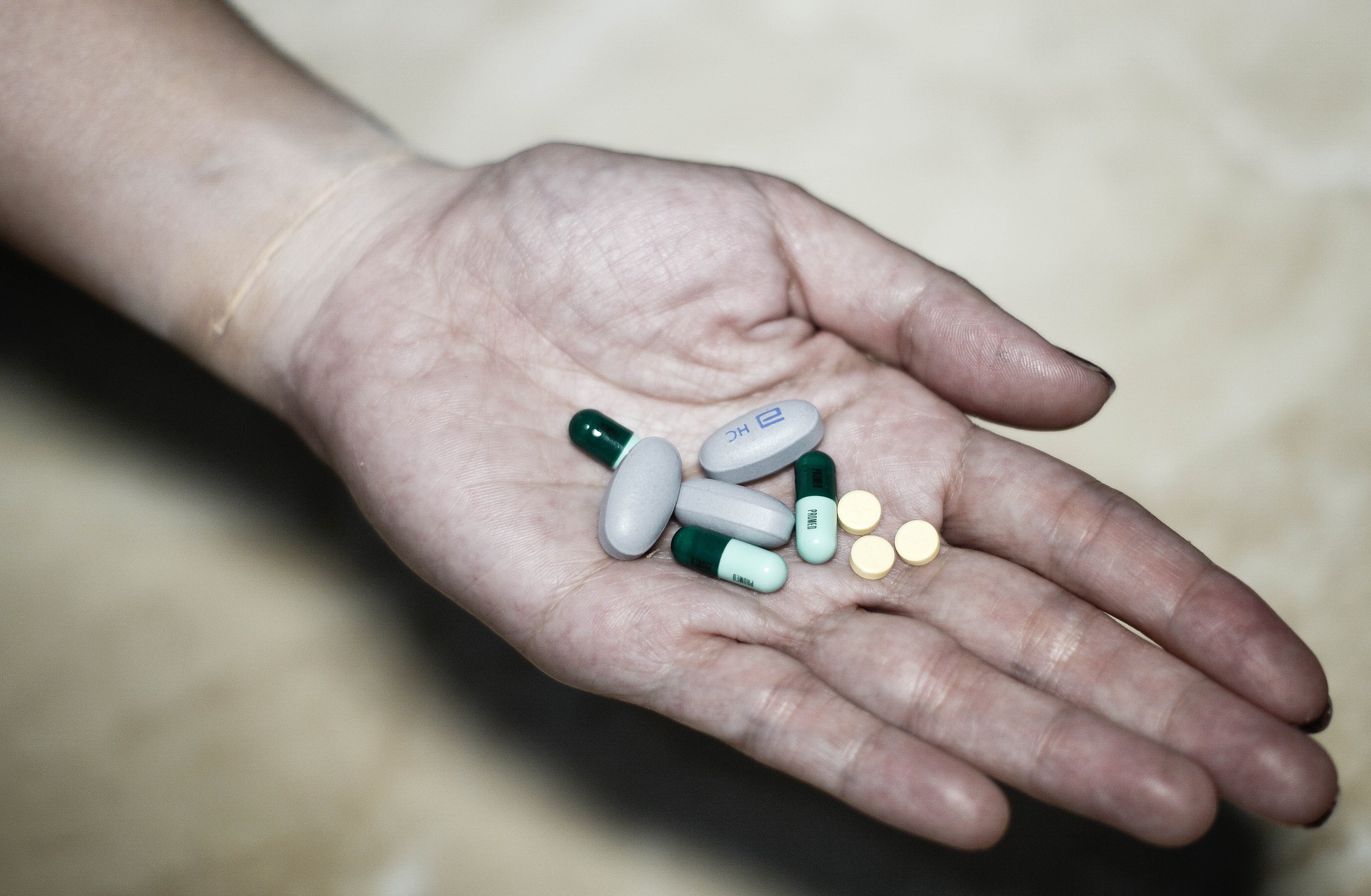Opioid addiction has increased by over 500% in the last seven years—there is hardly an American who doesn’t know someone who is addicted, who has been directly affected by opiate addiction, or who is addicted himself. In response to this epidemic, the CDC has enacted changes to the way doctors may administer and prescribe opiates. This has left many chronic pain patients frustrated and in fear of losing access to the medications that keep them functional.
As damaging as opiate addiction can be, living with chronic pain—with no hope of relief—can be just as damaging. It’s a double-edged sword: opiates effectively relieve chronic pain, but can ruin a patient’s life by dragging them into the depths of addiction; while living with chronic pain, absent the use of opiates, trades the absence of potential opiate addiction for an increased risk of severe—or even suicidal—depression. It’s a lose-lose situation. Or so it seems…
However, the CDC’s changes have gotten doctors talking about effective alternatives to opiate medications, and about other ways to reduce the risk of opiate abuse and addiction. Doctors now err on the side of caution, deferring first to non-opiate painkillers before administering narcotics. However, insurance providers oftentimes don’t cover these alternative non-opiate medications, making them inaccessible solutions for chronic pain management.
Some doctors note a correlation between the legalization of medicinal marijuana in certain states and reductions in opiate addiction, alluding to the theory that cannabis may provide a solution for chronic pain management. However, the results of a major 4-year study recently published in Lancet Public Health indicate no correlation between cannabis use and reduced chronic pain symptoms.
Still, many doctors and chronic pain patients are finding hope in the form of ketamine infusions. Ketamine has been used as a painkiller and anesthetic since the 1960s, but has recently gained popularity for its ability to provide long-term relief for the symptoms of such conditions as CRPS, migraine headaches, Lyme disease, nerve pain, and fibromyalgia. Some patients experience a reduction in pain for up to six months after an initial series of ketamine infusions! Because of its reputation as a “club drug,” many balk at the idea of replacing opiates with ketamine. However, ketamine’s abuse potential and addictive characteristics seem to be far lower than those associated with opiates. Furthermore, ketamine infusions are administered in a clinical setting, under the direct supervision of an experienced medical professional. Patients do not receive take-home doses of ketamine, at least among clinics that adhere to the standards set forth by the American Psychiatric Association, which, reason would suggest, should reduce the risk of abuse or addiction.
Opioid epidemic or not, doctors do not want to leave their patients in a position where they are forced to suffer with untreated pain. Hopefully, we’ll see insurance providers expand their prescription coverage programs and make non-opiate pain relief options more widely available to chronic pain sufferers. Opiates will never go away completely—and they shouldn’t, as they are often a critical component of effective pain relief—but reducing our reliance on them will help to get our nation’s opiate crisis under control.
CONTACT VITALITAS DENVER
Vitalitas Denver has performed thousands of ketamine infusions, many of them for patients experiencing debilitating levels of chronic pain. Ketamine infusions can alleviate pain when nothing else can. If you are suffering from a chronic pain condition and would like to learn more about ketamine, just complete the brief form below and a highly experienced clinician will contact you to answer questions, address concerns, and help you determine if ketamine infusions could help alleviate your pain symptoms.


